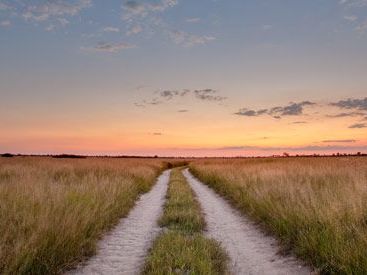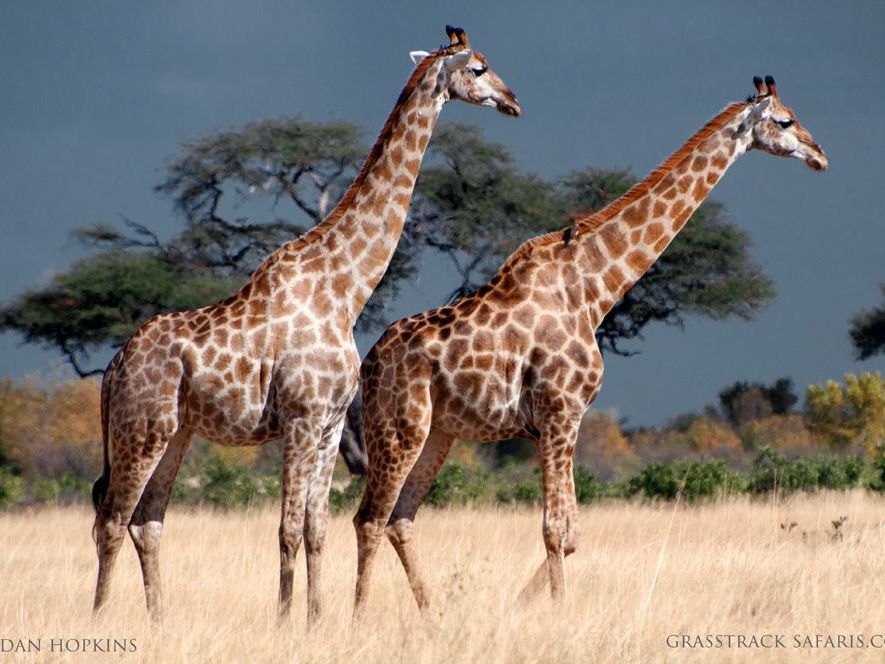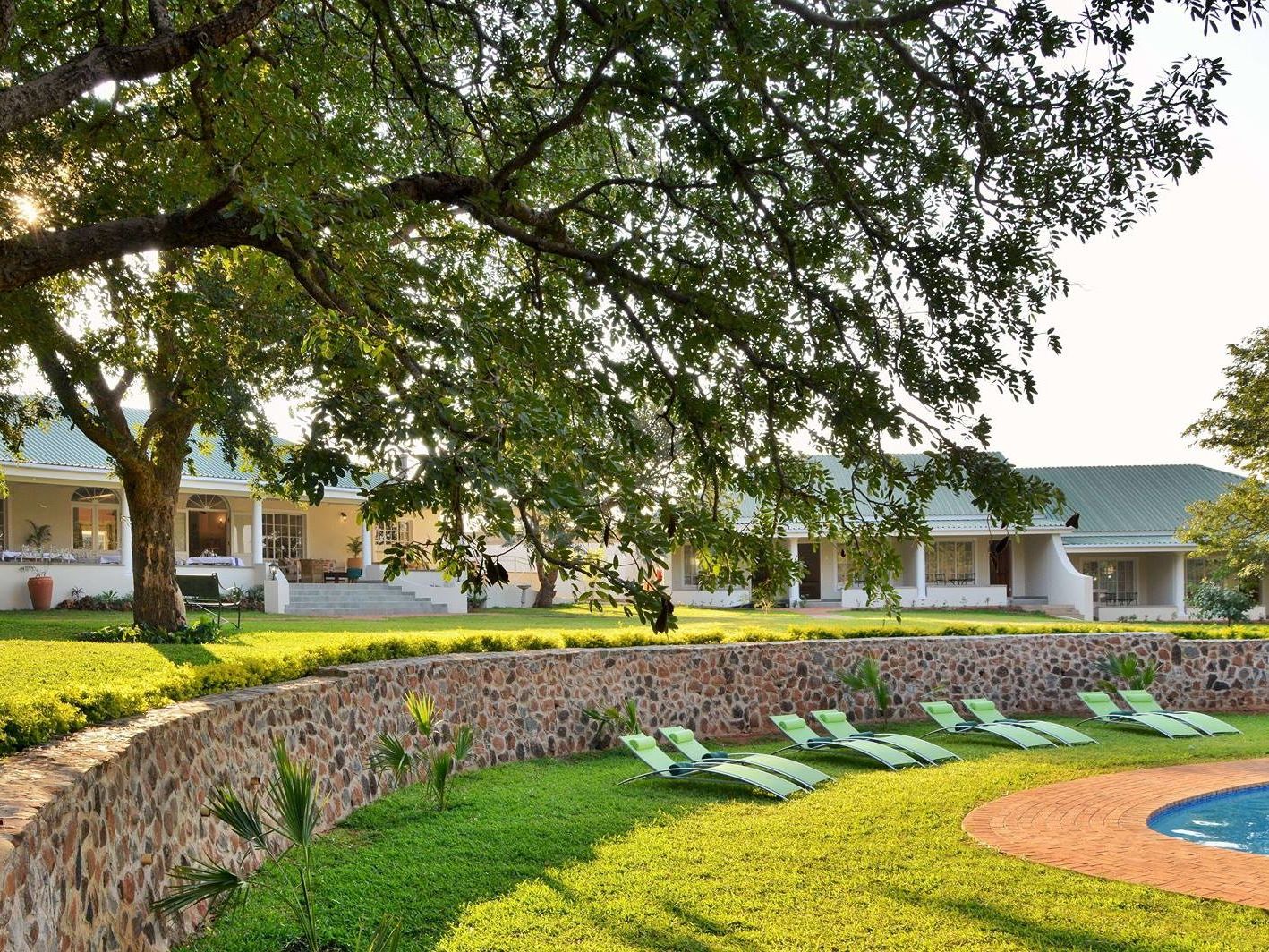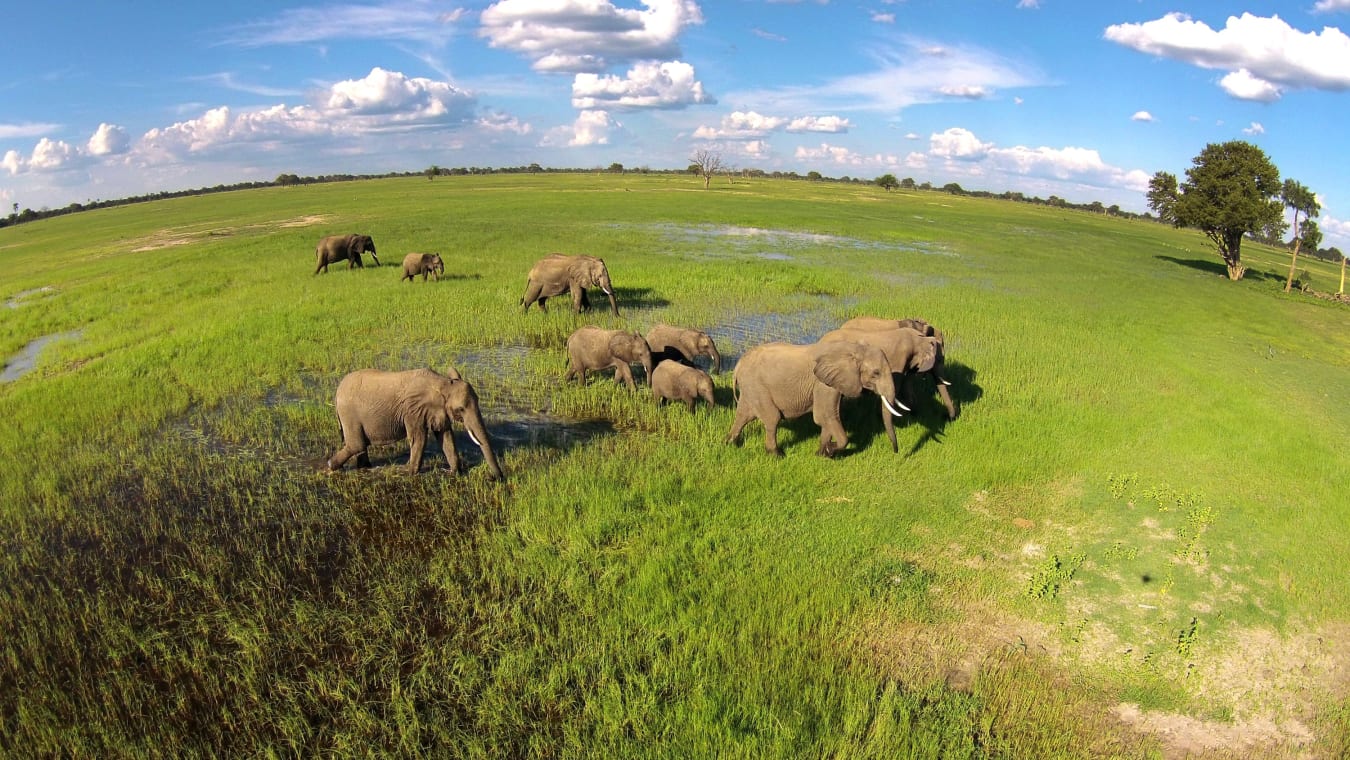
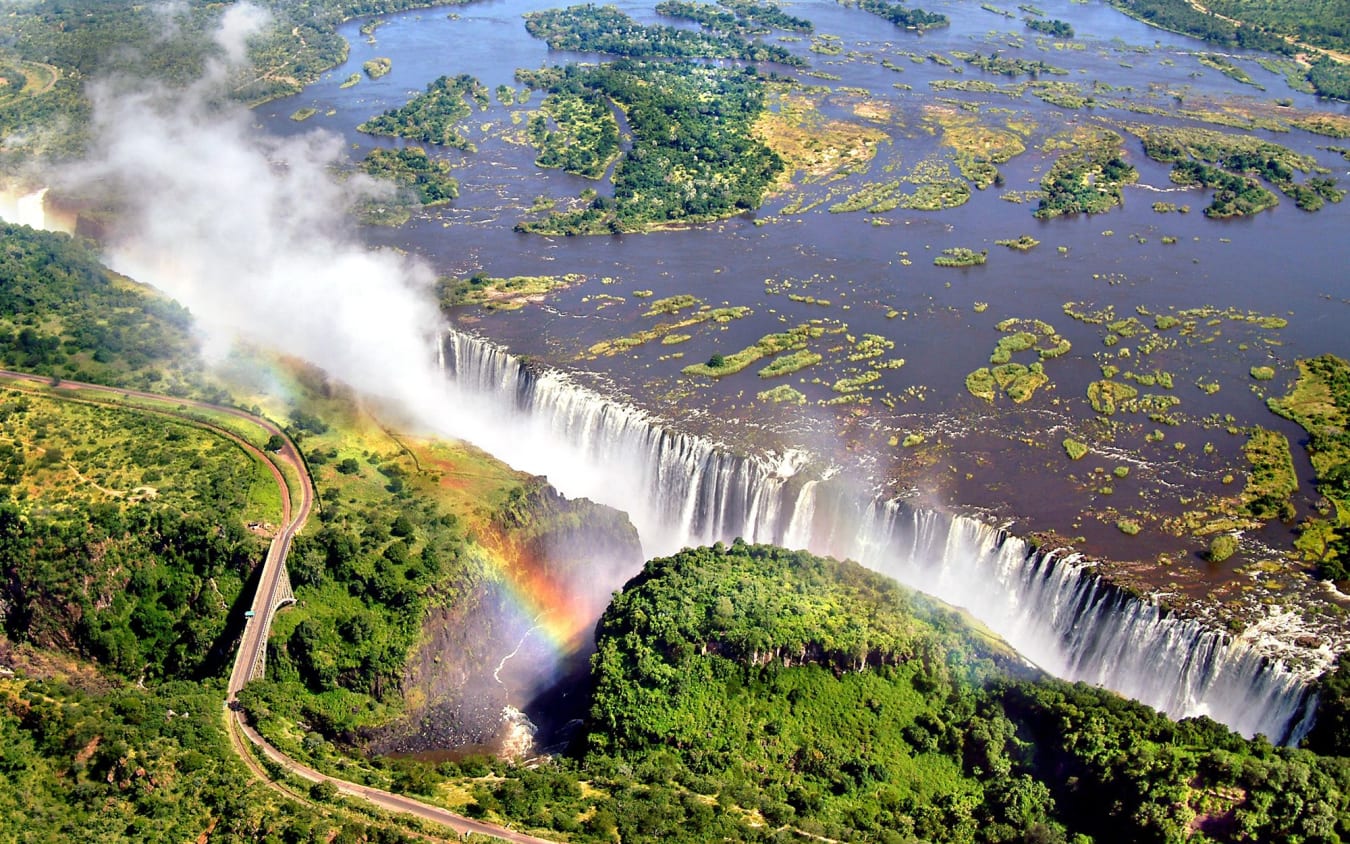
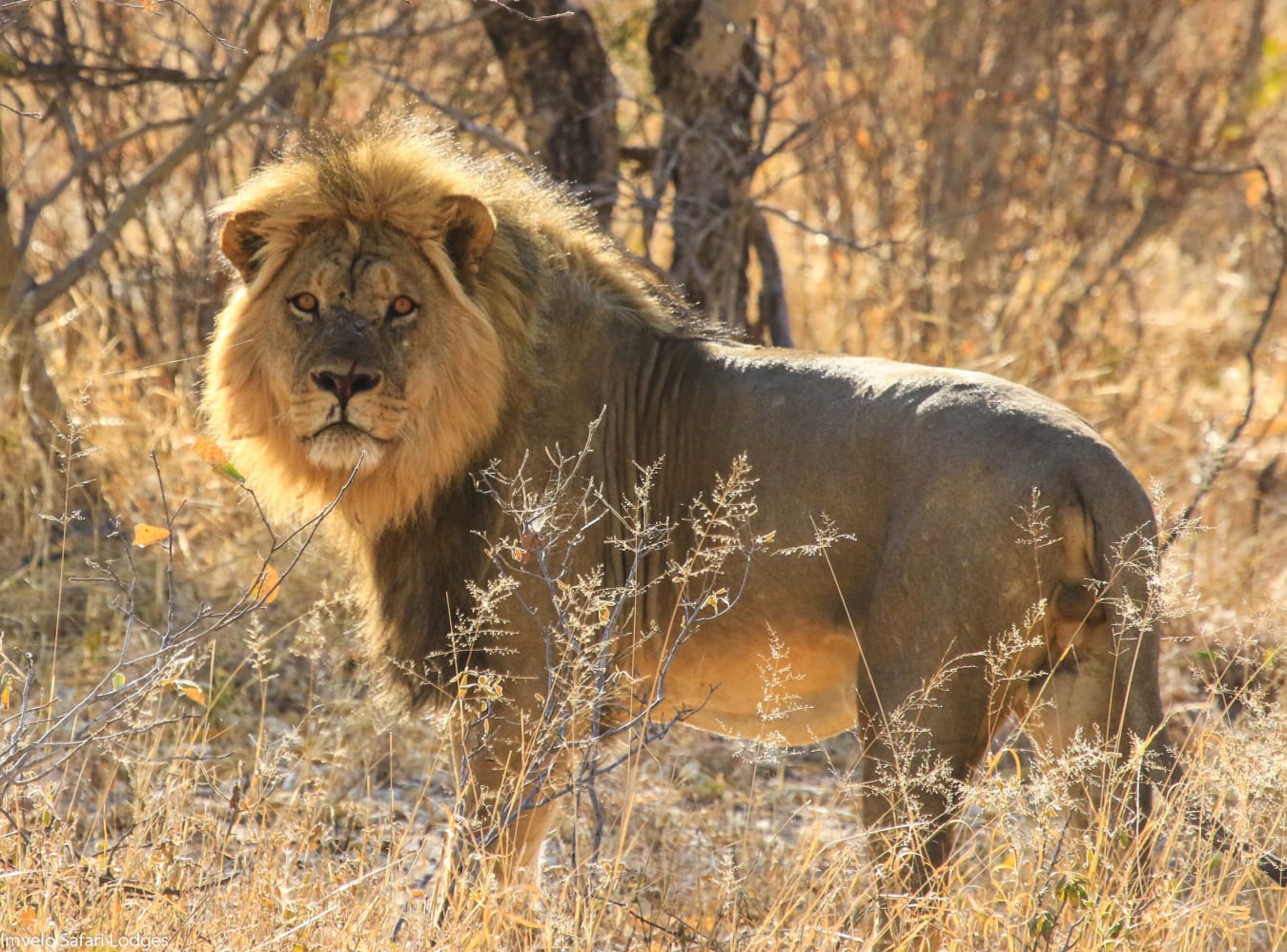
The Best of Botswana offers guests the opportunity of experiencing the extraordinary landscapes of northern Botswana. From endless salt flats to lush lagoons and dense woodlands filled with wildlife. This safari starts and ends in proximity to the remarkable Victoria Falls. You’ll also visit the world’s largest salt pans, Makgadikgadi and Sua, a unique wilderness that encompasses Nxai Pan and one of the least visited areas in Botswana.
This serviced mobile safari entails a 14-day tour through Botswana’s famous wildlife areas: Nxai Pan National Park, Moremi Game Reserve, the pristine wetlands of the Okavango, Chobe National Park, and Victoria Falls. Each has distinct habitats ranging from semi-arid dry-lands to extensive grasslands, teak and mopane forests, seemingly endless wetlands, and Africa's fourth largest river - the great Zambezi. Days are spent game-driving across vast areas, in search of the tremendous variety of animals Botswana is well known for: from African wild dogs to huge herds of elephant, the elusive leopard, prides of lion and wide variety of antelope. A total of ten nights are spent inside game reserves and because the number of guests are well-controlled and limited you’ll encounter very few vehicles and other signs of civilization. Only private sites are utilized to set up our well-appointed camp.
What is a mobile camping safari? It’s just that - mobile; a cross country exploration of the African bush. We carry all supplies with us and spend a few days at each site before moving on to the next destination. The flexibility of a mobile safari allows you to spend more time out in the bush and focus on the wildlife. Located in the remote bush, campsites are private, wild, and unfenced. It's not unusual to have wildlife wander through camp. You'll have a camp team to attend to all the camp chores, so all you need to do is relax and enjoy the wilds of Botswana.
Camping in Africa allows you to experience the magic of the bush in a very personal way. Our mobile camping safaris are designed to immerse you deep into the African wilderness. You'll fall asleep to the distant roar of lions under the African stars. Our comfortable mobile camping safaris are the quintessential African experience (and our favorite safari style). At GrassTrack Safaris we believe a mobile tented safari is the best way to experience Africa’s last unspoiled wilderness!




